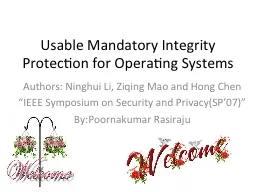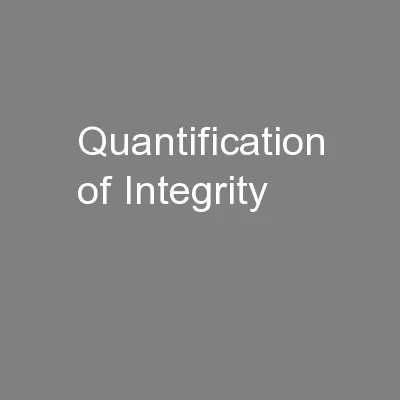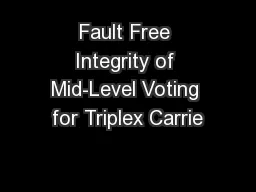PPT-Integrity Test Presentation
Author : test | Published Date : 2015-11-15
By Heather Lomason Ashley Frazier amp Daniel Ratti April 22 2010 Overview Definition of Integrity Tests Examples of Integrity Tests Advantages of Integrity Tests
Presentation Embed Code
Download Presentation
Download Presentation The PPT/PDF document "Integrity Test Presentation" is the property of its rightful owner. Permission is granted to download and print the materials on this website for personal, non-commercial use only, and to display it on your personal computer provided you do not modify the materials and that you retain all copyright notices contained in the materials. By downloading content from our website, you accept the terms of this agreement.
Integrity Test Presentation: Transcript
Download Rules Of Document
"Integrity Test Presentation"The content belongs to its owner. You may download and print it for personal use, without modification, and keep all copyright notices. By downloading, you agree to these terms.
Related Documents














